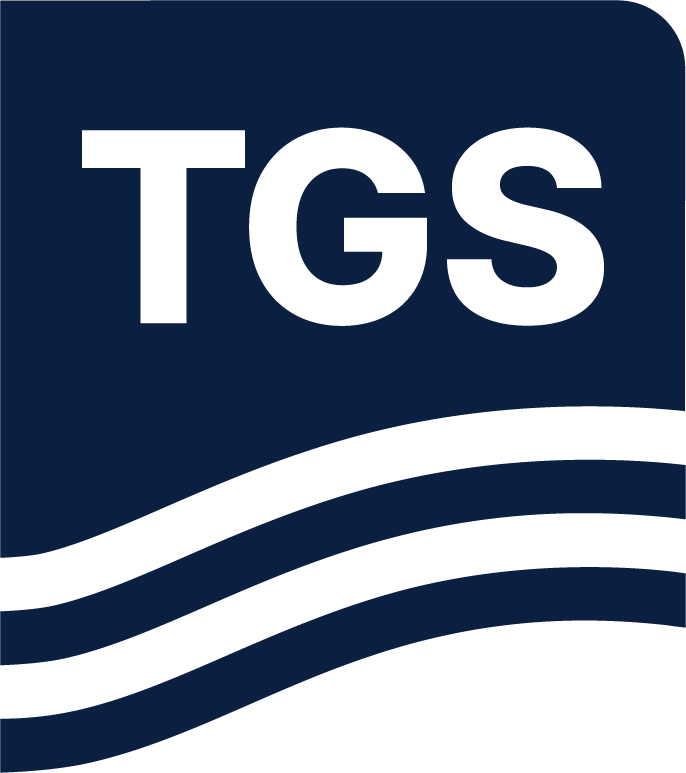In this First Break article from March 2024, D. Lecerf, S. Marinets, S. de Pierrepont, V. Zhelanov, A. Tantsereva and J. Oukili (TGS), R. Milne and A. Stav (Aker BP) demonstrate the benefits of including multi-client data to monitor production on a gas reservoir in the Norwegian Sea.
Introduction
It is not common practice to use multi-client datasets for a 4D monitoring project, as the 4D adage of ‘repeating the acquisition geometry’ is generally not satisfied.
Standard 4D time-lapse acquisitions require extra planning, specialised navigation equipment and strict repeatability constraints for sources and receivers. Multi-client surveys on the other hand are configured to cover extensive areas efficiently with relaxed positioning requirements. Combining both types of seismic surveys for a 4D project constitutes a technical challenge associated with uncertainties related to non-repeatability of the source and receiver positions.
In this case study, a multi-client dataset has been used opportunistically for monitoring the production of a gas field in the Norwegian Sea.
The Ærfugl field is approximately 60 km long and 2-3 km wide, with a stratigraphic pinch-out to the east (Figure 1). The field comprises a Cretaceous Lysing Formation reservoir of a partly confined turbidite system (Fugelli and Olsen, 2005; Hansen et al. 2021). A test producer P1 drilled in 2013 proved the presence of gas before the start-up of the first regular producer in 2020. In total, six wells were set on production in the period between 2019 to 2021. Prior to the 2022 multi-client survey, two conventional 4D surveys were acquired, in 2005 and 2017 respectively. Only minor water flooding effects were interpreted on the 2017 data. However, as most of the production started after 2017, more 4D effects were expected by using the multi-client 2022 dataset as monitor two.
Despite the different geophysical objectives, the planned timing of the multi-client 2022 data acquisition was optimal for being integrated into this 4D reservoir production monitoring program where major production variabilities have been observed at the various wells after 2020. While the legacy 4D surveys (2005-2017) were optimised in terms of dual source and streamer geometry repeatability, the ‘4D opportunistic’ multi-client dataset was acquired with larger sail-line spacing and wide-tow triple source. The sail-line azimuth of the multi-client dataset was the only navigation feature in common with the baseline surveys, but no effort was made to match the shooting direction.

Figure 1 - Top Lysing depth map onlapping the base reservoir depth surface. The attribute map is minimum amplitude extracted from an AVO fluid volume where warm colours indicate gas presence. Wells are shown in white, annotated with fluid contact information. (Hjellbakk et al. 2023).
To understand and mitigate the risks related to such a non-repeated datasets, the project was executed in three phases, each dependent on the success of the previous stage:
- Analysis of geometrical repeatability and 4D imaging risk assessment.
- Multi-vintage 4D imaging on a subset of the full area, shared by the three datasets.
- Extension of the area of interest covering the two last surveys (2017 and 2022).
Read the full article here.

